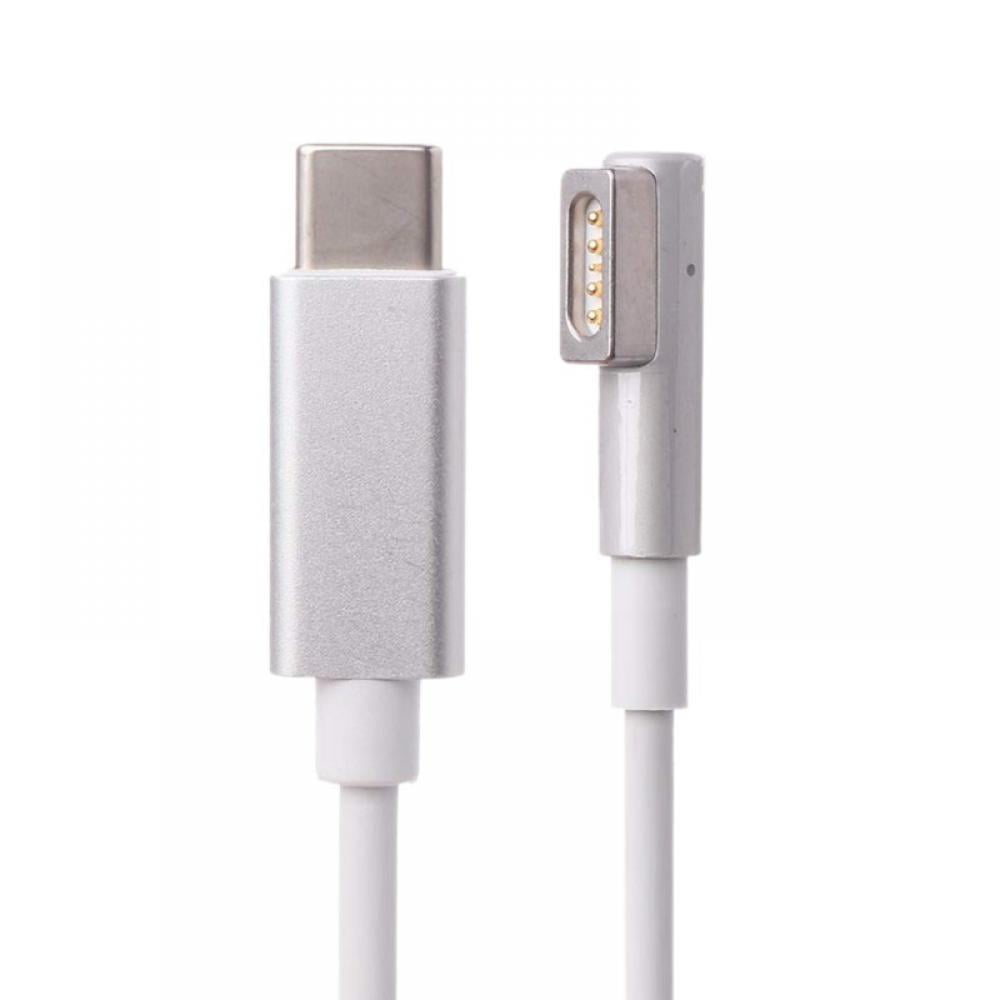
While the USB-C connector is undoubtedly the future path for connectivity, there lies an awkward transition ahead. Thunderbolt 3 (USB-C) allows you to connect to monitors, charge your Mac, charge your phone from your Mac, transfer data - all in one physical connector. And that's good news for all those photos and videos you're taking with your new iPhone 7 Plus. This means if you're using a USB-C equipped external hard drive, that your files will still transfer pretty fast. With transfer speeds of up to 10 gigabits per second (USB 3.1 Gen 2), USB-C is pretty fast on it's own. While the new MacBook Pros have Thunderbolt 3, you might have peripherals (hard drives, keyboards, etc.) that don't use Thunderbolt. Thunderbolt 3 allows for connection speeds up to 40 gigabits per second. USB-C is reversible and there is no right side up! It's super fast How many times have you gone to plug in a USB cable and forgotten which side is up? Well, you won't have to do the USB flip dance any more. No need to worry about plugging it in upside-down USB-C means no more second guessing if the USC cable is right-side up when you plug it in. That's because USB-C is physically a different port than USB-A or Thunderbolt 2. The downside for connecting older USB or Thunderbolt devices is that you'll need an adapter to do so. Thunderbolt 3 is equally backwards compatible - to Thunderbolt 2. USB-C is backwards compatible and will support devices that use USB-A. We used USB, to connect mouses, printers, displays and other peripherals to our computers.
New cord input for mac pros tv#
The Apple TV has an optical jack, so you'd just run a standard Toslink to Toslink cable (like this: ) from the Apple TV to your home theater system's input.For years, Macs have had USB and Thunderbolt ports. The most elegant would be to use an Apple TV and play the music from iTunes using AirPlay. That said, I believe the MacBook Pro's headphone jack is also an optical output but you need the 3.5mm-styled plug (not a standard, metal 3.5mm plug-it looks like one, but actual has fiber optic cable running through it) on one end and standard optical Toslink on the other. Signal going into your home theatre's input will play out of its speakers. Following the signal, you want the signal to come OUT of your MacBook (output) and IN to your home theatre system (input). In your original post, you have your input/output switched around.
New cord input for mac pros mac#
Most Mac users wouldn't know an audio I/O question if it bit them.

These could be done for either direction you want audio to move in.īasically, if you really want optical, talk to music geeks, not Mac geeks, because the music geeks will know what you're talking about and be able to give much better advice, and enough of them use Macs to give mac advice. Or you could get a USB or FireWire audio interface with optical. I am told that there may exist thunderbolt to expresscard adapters, or you might have an older machine with expresscard, which could probably get you optical. Next question: Do you actually care whether it's optical, or do you just mean that you want to move the sound? If all you want to do is move the sound, standard stereo cables are plenty good enough for listening to the output of a computer, in general.

And I don't care how awesome Apple is, the MBP's speakers are not better than anyone's home theatre system. Wait, do you want to get optical audio FROM the macbook TO the stereo, or the other way around? Because you're talking about an optical OUTPUT on the stereo - but that would get it TO the macbook.


 0 kommentar(er)
0 kommentar(er)
